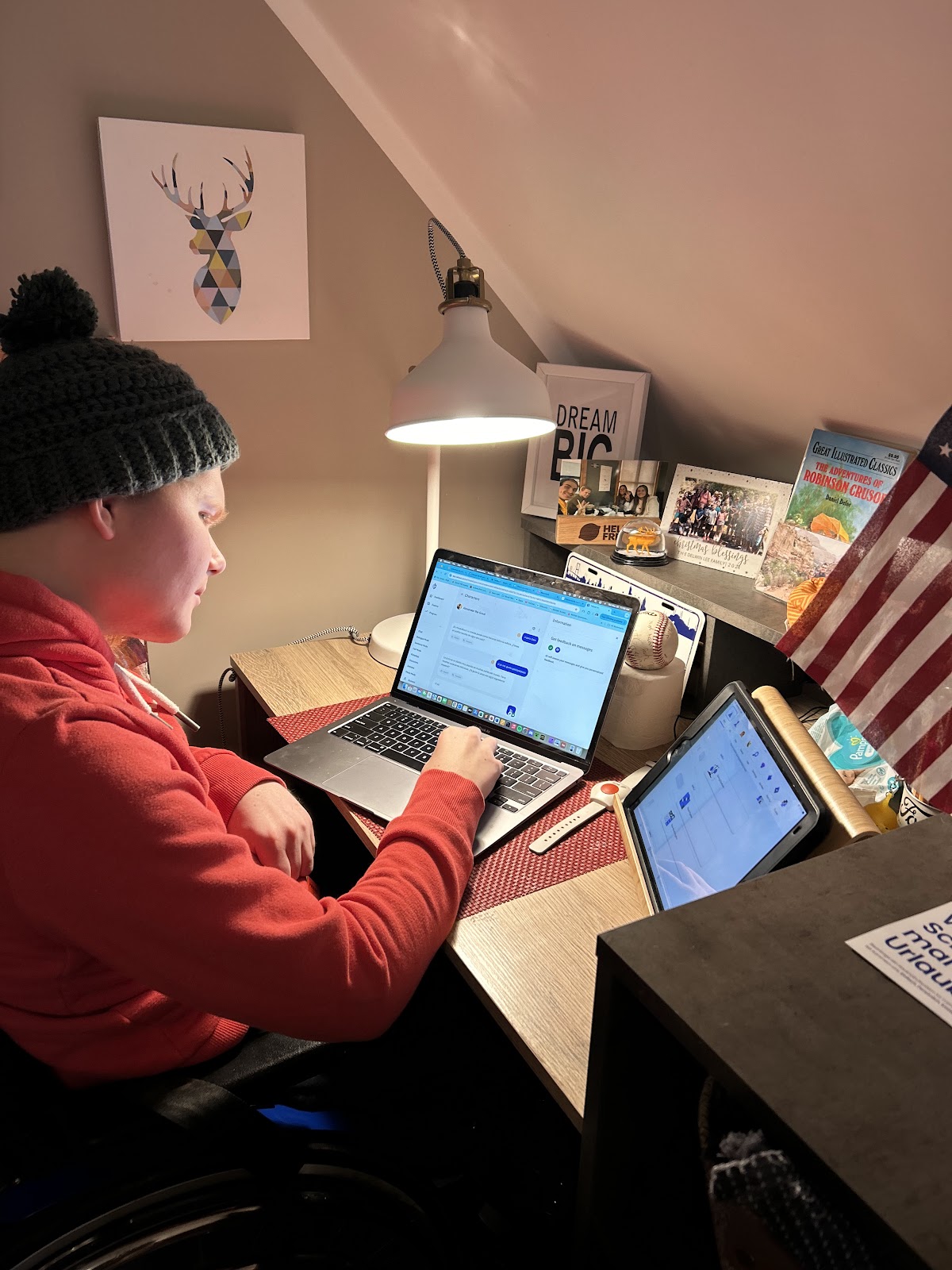Day 5 (August 31)
Bottom line: Tobias survived the first few critical days which is a minor miracle. The doctors continue to emphasize that he is still in a precarious situation. He is exhibiting signs of storming, where traumatic brain injury patients can’t turn off the fight or flight response and put their bodies under a lot of stress. He was also treated for vasospasming, where blood vessels in the brain clamp down threatening another stroke. The nurses and doctors are excellent and are treating him quickly and effectively for these issues. Still no conclusion on the cause of the bleed. On the positive side his pupils react to light for the first time. Messages from family and friends continue to help us feel that we are not alone.
Details:
Tobias used to have a dedicated nurse because of his level of needed care. I was happy yesterday when his nurse was assigned to two patients because this meant that he was not as sick as he was the day before. Today Tobias started with a two-patient nurse, but he ended up with a dedicated nurse.
The reason for the dedicated nurse wasn't too critical, however. He was taken for another angiogram in the morning and he has been coming off the initial trauma of the brain bleed into a stage called storming. Storming is a complicated, but sympathetic process, but part of it has to do with the body dealing with all of the neurotransmitters that are creating as a reaction to the trauma, but aren't released from the brain to the body until the initial trauma is over. One of the doctors referred to the neurotransmitters as adrenaline. It sounds like once the trauma is over the neurotransmitters are released to the body and since they are on overload, they basically have no purpose. The body doesn't know what to do so it responds to the increase of neurotransmitters by increasing the heart rate, raising the temperature, sweating and moving the extremities of the body in a shivering motion. During the angiogram, which involves inserting a probe into the femoral artery in the leg and extending it through the body up to the brain, the patient needs to lie completely still. Tobias apparently started moving during the procedure with the shivering action attributed to storming so the doctors applied a drug causing temporary paralysis. He was also given another drug to combat the increased temperature due to the same storming process. The combination of these two drugs, since they weren't planned, resulted in the nursing staff assigning a dedicated nurse for Tobias. He made it through the day well. His vitals were stable for the most part. His blood pressure has been a little low (110/55) but not to the point where they will take any measures. His ICP (brain pressure) values have been great all day ranging from 8 to 12 (20 is the maximum before they try to intervene).
Another process associated with the aftermath of a brain bleed is called vasospasms of the brain arteries. When the blood is on the outside of the blood vessels it irritates them and they can "clamp down". The process to determine this condition involves using an ultrasound to measure the speed of the blood flowing through the major arteries in the brain. By tracking the velocity of the blood flow over several days the medical team can determine if the blood vessels are constricting and in danger of clamping down, which could lead to a stroke. This is a normal occurrence for patients after a brain bleed and was just starting for Tobias. The lead neurosurgeon suggested to perform a dual-purpose angiogram, which gave them a better picture of the arteries and also the opportunity to deliver a medicine locally that would help the arteries to stay open. Tonight a different team of doctors working with the lead surgeon came to administer another medicine directly into the brain that will also help combat the vasospasms.
And now I've saved the best for last... the most negative sign when Tobias arrived at the hospital is that his pupils were dilated and unresponsive to light. This indicates that the optic nerve, which runs from the eyes to the back of the brain, has been impacted by the brain bleed. It is a critical sign of whether the victim will be able to recover. For Tobias his pupil has resumed a normal size, but they were not responsive to light, meaning that the brain was not engaged in controlling the pupils. The nurses measure this multiple times a day and Tobias' pupils have never responded. Today his left pupil responded minimally, but we are counting this as the best thing that happened all day. The doctors have warned us that the brain ebbs and flows and that everything will take much longer than we would imagine, so tomorrow we may be back to no pupil reaction. Today, however, I'm taking it with a hopeful heart. We sit at his bedside, holding his hand and speaking with him for a fairly large part of the day. Today the physical therapy lady came by to keep his joints articulating and his muscles moving. I asked her to show me how to work with Tobias so that I can give him extra PT sessions to prevent him from getting to stiff or uncomfortable when he doesn't get enough movement. It was a good day.
Come back to us Tobias. We love you and miss you dearly.




God bless Tobias, and God Bless you as you serve as his human guardian angel. LouAnn (Bodily) Hoffman
ReplyDelete